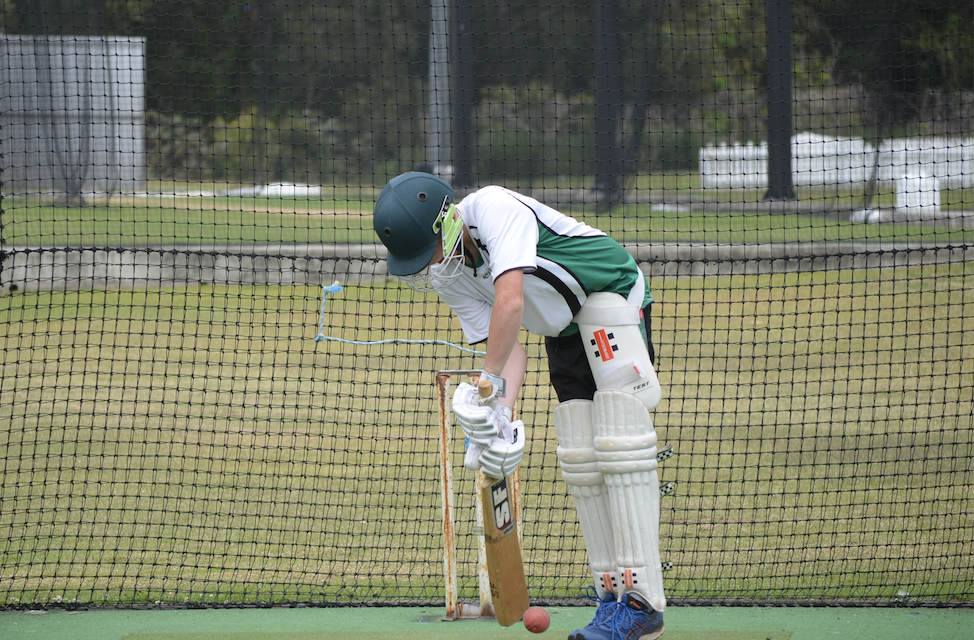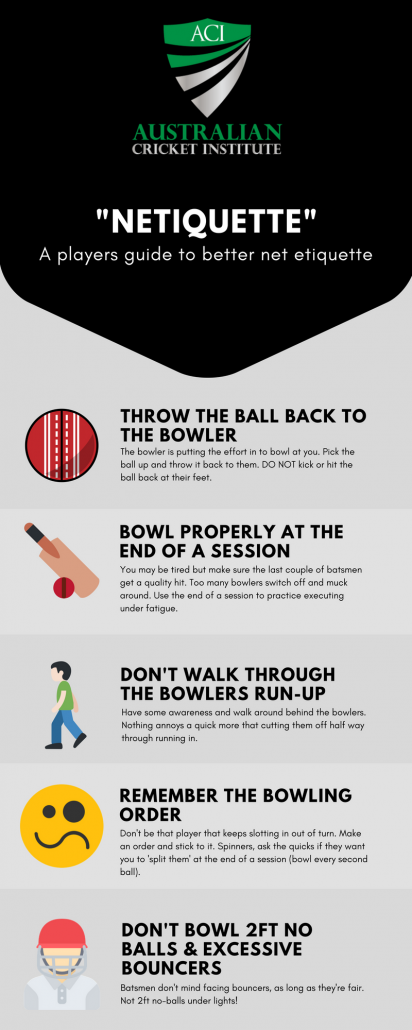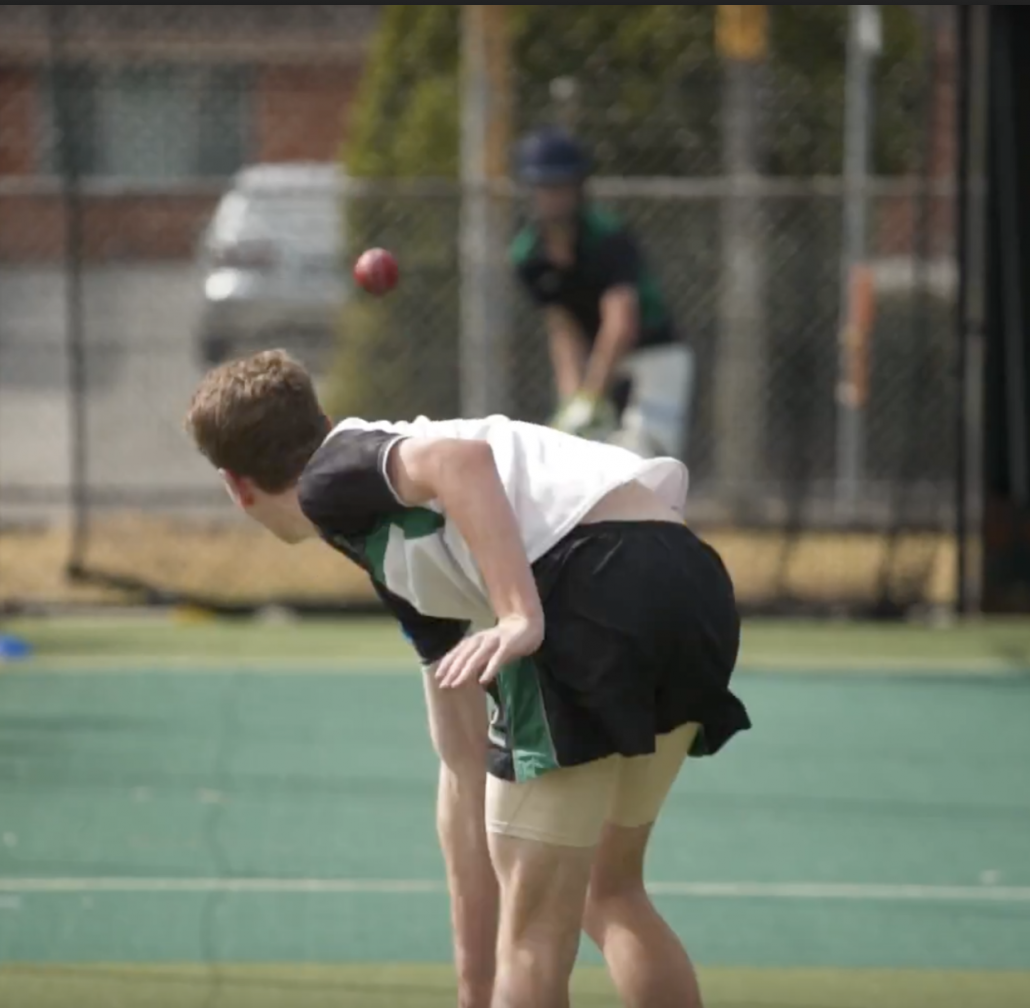Being able to execute a bouncer is a crucial skill for fast bowlers. What does a good bouncer do?
It can intimidate the batsmen, it can push the batsmen back on their feet, it can take wickets, it can set up a batsman.
All of these are true but the simple fact is, that being able to bowl a good bouncer makes you a better fast bowler.

Simple keys to bowling a better bouncer...
- Don’t try and bowl it too fast. Use your same action speed and tempo but release the ball later. You must have a good bowling technique to bowl a good bouncer.
- Keep your run up the same speed - maybe a touch faster for some.
- Remember to take your momentum towards your target, run up, jump, follow through. You want to bowl your bouncer straight at the batsman – not wide.
Now I know what some of you young players are thinking; “I’m too slow to bowl a bouncer,” “I’m not tall enough to bowl a bouncer.” These are true for some young players but it is important to still understand the concept of a bouncer and work towards bowling one as you grow older and stronger.
For those players who believe they're too small or too slow, here are some things you can do while you're waiting to develop!
- Bowl a bouncer anyway. Practice it. This will help you understand the feeling of letting the ball go later. It can also be very beneficial for your bowling action.
- Bowl bouncers in the backyard. This will help you understand the way it can intimidate and push back a batsman, making a full pitched ball more dangerous.
- WATCH CRICKET! Watching cricket is extremely beneficial for young players. Watch the best bowlers bowl bouncers.
Some of you are starting to grow up bigger and stronger and you are noticing your bowling pace has increased and you are more confident executing a bouncer. GREAT NEWS!
Yes, it can be the age that the bigger you are the faster you bowl and the scarier you are but not always. For the smaller players at this stage – Don’t give up! You can bowl a bouncer and you can be a world class fast bowler even if you aren’t 6 foot 5…… remember Dale Steyn?
For the tall members of this development stage.
- Bowl your bouncer but don’t overdo it just because you’re bigger than everyone else.
- Remember good skills such as consistent areas and swing bowling are going to get you more wickets than your bouncer so they need to be prioritised.
- Don’t neglect your field placings. If you're comfortable bowling bouncers make sure your field is set in place. This could mean fielders in catching positions or defending boundaries.
For all the smaller fast bowlers at this development stage.
- Good consistent line and length is going to get you further than a bowler who sprays it everywhere but can bowl a good bouncer!
- Keep practicing your bouncer – You’re going to grow soon! when you get bigger and stronger you will have the foundation.
For those who are further on in their physical and cricket development, these are some things you can think about.
- Using your bouncer more against opposition batsman who can’t play it well. Attacking their weakness is a great wicket taking option.
- Using your bouncer less to opposition batsman who play it very well and like it. Don’t give them their scoring shot, ask them to score in other ways.
- Field placements are KEY when bowling a bouncer. Think about where your field needs to be when executing your bouncer. Both attacking fields and defensive fields or a mixture.
Good luck! Remember everyone can bowl a bouncer.
Get in and have a go.
Author - James Bazley: ACI Coach









